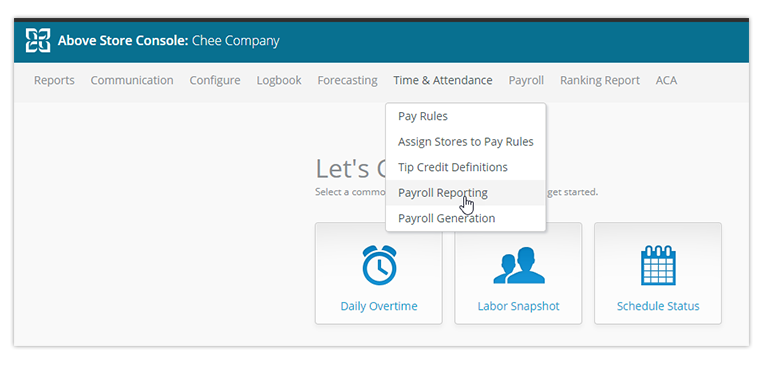

They always know where to find their latest invoice and can't blame technology for miscommunication.Īnd when you integrate an electronic payment option into your invoice, then clients can pay as soon as they open the invoice. Now, your clients have no excuse ("Your invoice didn't arrive"). Many of the online invoicing tools let you create a client portal where people can see all their past and current invoices. 4) Move to Electronic Invoicing and PaymentĪgain, you have a lot a of choices of online invoicing and payment tools. If they don't, then you can move onto one of these other strategies, such as auto-payments from a credit card. Sign up with one so you have that flexibility.Īnd if their preferred payment method is still by paper check, let them do so - as long as the checks arrive on time. There are multiple services that let make it easy for any business to accept ACH, credit card, PayPal, or EFT transfers. You can negotiate your payment method flexibility as part of your service. If the client says they have a preferred payment method use - let them use it. Your contract should clearly spell out key payment terms: when invoices will be sent, when they're due, how payment will be made, what your late payment penalties are, etc. Nobody like surprises, least of all when they're being asked to part with their money. If you decide their potential outweighs the risks, you can use many of the other strategies discussed here to mitigate the challenge. Weigh how well this potential client fits into your agency's goals against their potential maintenance costs, including late payments. Your best strategy is to avoid them if possible. These are the kinds of clients with a high likelihood of not paying on time. Or worse, they have a generally unpleasant attitude that's going to make working with them difficult. They're overly focused on price, or poorly organized.

They always give themselves away, even if we decide to overlook the signs in the effort to get a new client signed. Here are nine strategies to make sure your clients are ready and able to pay your agency's invoices on time: 1) Watch for Red Flag Clients But no matter how buttoned up you might be in your process, it still could mean clients pay late, which messes with your stability. Liability is limited in those States where a current scheme applies.Everyone is trying to manage cash flow.
#Ontime payroll client portal professional
Liability limited by a scheme approved under Professional Standards Legislation. In the meantime, if you have any questions regarding the new system, please contact our office.
#Ontime payroll client portal how to
We will also include instructions on how to use the portal once you've set up access, so you can start uploading documents you receive for your 2019 tax returns, like your PAYG payment summary (or group certificate), health insurance tax statement, annual interest statements, etc. To access the client portal you will need to set up a personal login and password, and we'll be sending out step-by-step instructions on how to do this. This should streamline the process for providing details for your tax returns and BAS and IAS lodgements, as documents can be uploaded as you receive them, rather than waiting on numerous documents from various sources to send everything to us in an email. The portal also allows you to upload documents to be sent to us, for your tax return and BAS and IAS preparation. So in future there'll be no need to print the documents, sign and initial each page, scan them and email them all back to us, which should help us all save time and paper. Once you review and check the relevant documents, the returns and forms can be signed electronically and sent back to us automatically for lodgement. You will receive a notification when documents are uploaded to your account for you to action. Instead, we will securely send your tax returns, BAS and IAS forms and other documents that need reviewing or signing via the client portal. The client portal will be used to streamline our tax process and will replace the current process of sending your tax returns and BAS and IAS forms via email. From the start of the new financial year, we will be contacting all tax clients to introduce you to our new document and client portal that will be used for tax paperwork from the 2019-2020 financial year onwards.


 0 kommentar(er)
0 kommentar(er)
